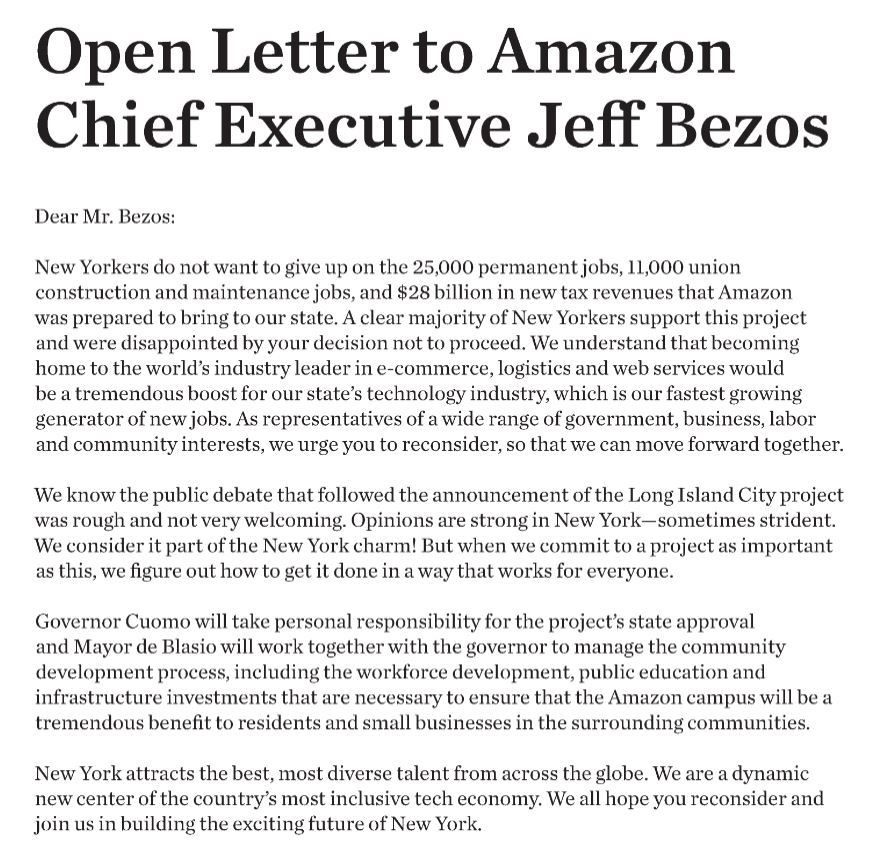Persuasive Writing
/Trish Hall, author of an upcoming book, “Writing to Persuade,” offers advice in a New York Times opinion piece. Most of her suggestions follow principles taught in business communication courses:
Tell the truth. Hall says that emotions are usually more persuasive than facts, which is true, yet she cautions against losing trust. Her advice is backed by research on behavioral integrity—doing what we say we’re going to do.
Be quick about it. Hall emphasizes conciseness, a well-worn principle of business communication.
Banish jargon. Using simple language is another core principle of business communication.
Know your audience. Hall recommends listening to what your reader needs; for example, condolence notes should include something personal about the loved one. Tailoring to the audience is good advice for any message.
Just ask. Hall says people could ask more directly for what they want. I agree, but I’m not sure about her example, which is for “Getting someone to show up”:
No:
Dear Everyone,
I’m involved with a group that gives scholarships to young people and I am hoping that some of you might be able to attend our celebration next Monday. Let me know if you can.
Yes:
Dear Trish,
I’m involved with a group that gives scholarships to young people and I am hoping that you can attend our celebration next Monday. A number of people you know, including John and Jim, will be there. Can I leave your name at the door? It’s at 6 p.m. at the Historical Society Building.
Discussion:
What other persuasive business communication principles would you suggest for writers?
What’s your view of the “Yes” example above: too pushy or about right? What principles does the example follow, and what, if any, changes would you suggest?
I’m curious about the article title, “How to Get Every Email Returned,” which doesn’t quite match the content. What’s your view?














